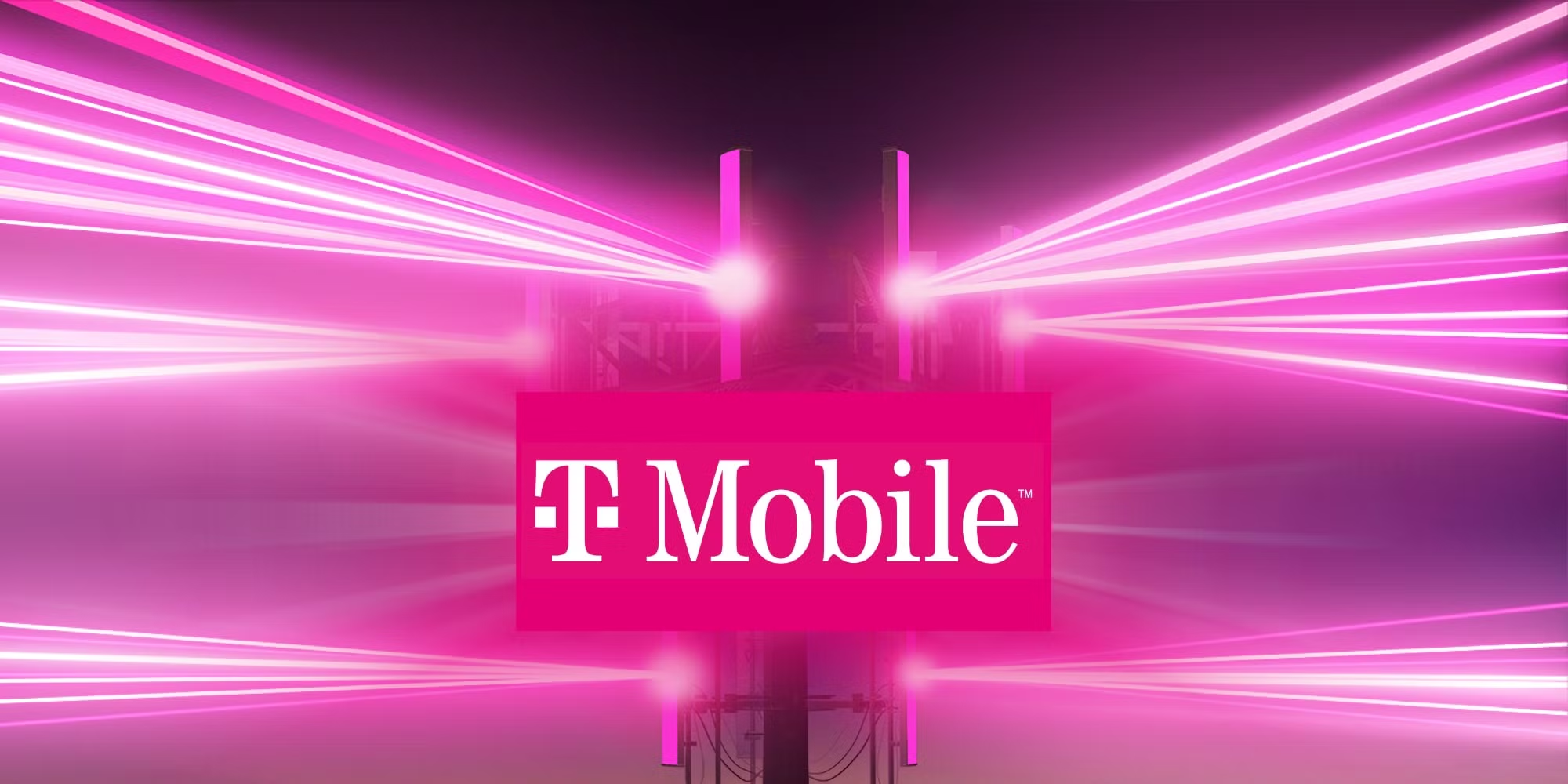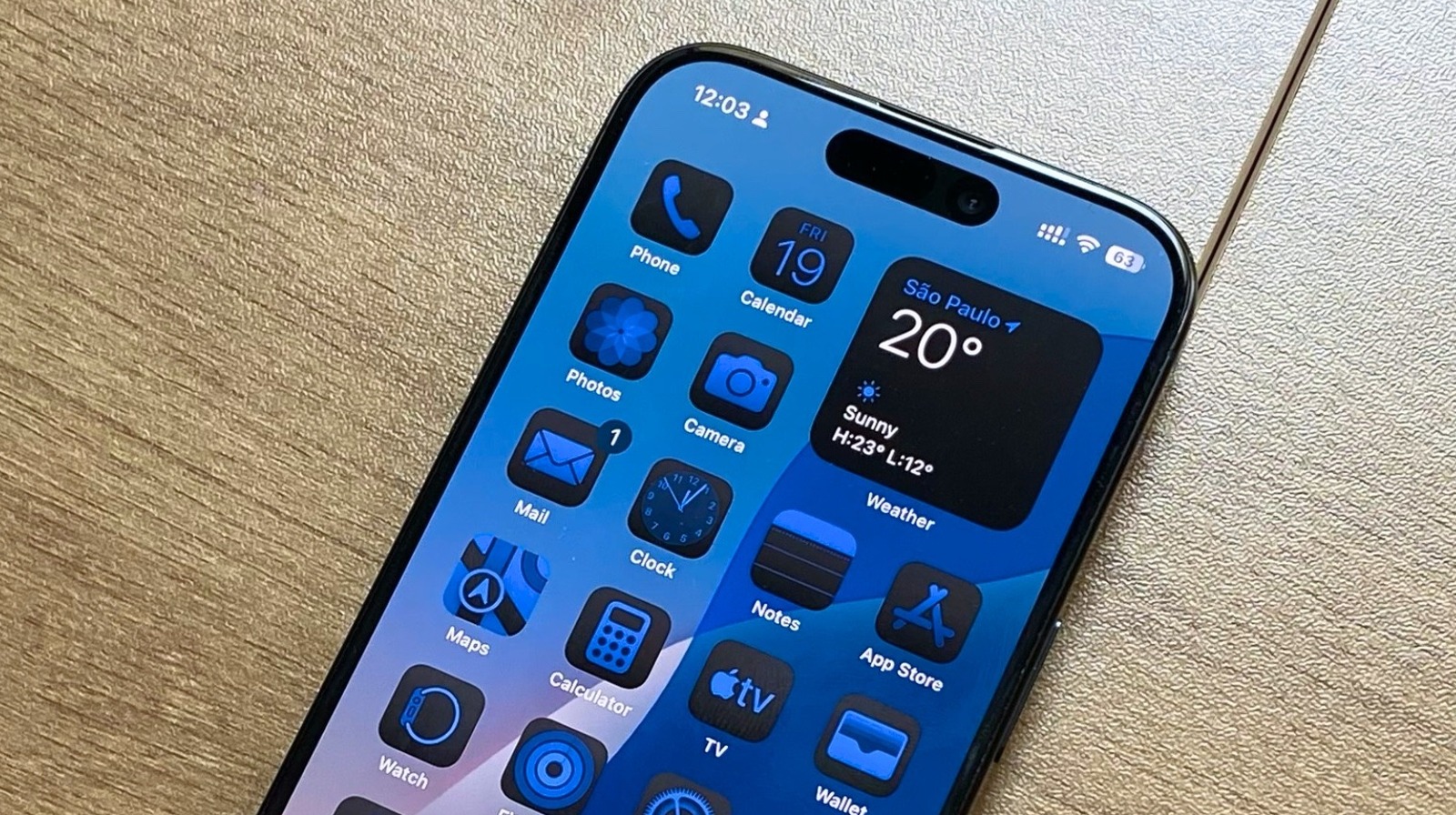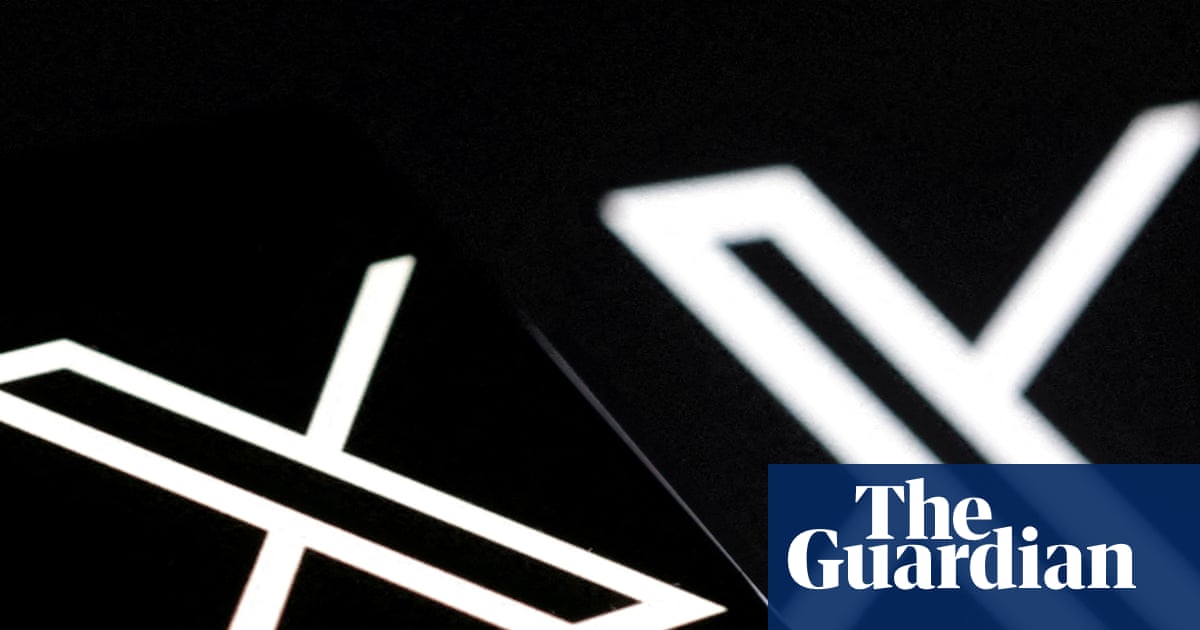A Japanese investment holding company is behind it all. You might’ve heard of it – it’s called SoftBank. As of May 2025, SoftBank owned 85.4 million T-Mobile shares worth $20.4 billion, or 7.64% of the company. This makes SoftBank T-Mobile’s second-largest shareholder after parent company Deutsche Telekom, which controls 51.54%. SoftBank acquired its stake through Sprint, which it bought 78% of in 2013 for $21.5 billion, outbidding Dish Network’s Charlie Ergen.
Now, the Japanese investment giant has an idea to deliver 4G and 5G service to users in Japan using stratospheric airships developed by New Mexico-based Sceye. These solar-powered, lighter-than-air craft will function as high-altitude cell towers, carrying the same base station hardware used in terrestrial networks and operating on globally standardized 3GPP protocols.
The airships are designed to remain aloft for months, powered by 10 kilowatts of solar energy and capable of withstanding harsh stratospheric conditions thanks to a highly durable, gas-tight hull material. The project is supposed to kick off in 2026 and if the testing phase is successful, a commercial service will be launched afterward.
The time has come for stratospheric systems like Sceye’s and SoftBank’s prototype network. We have established power limits, coordination rules, and harmonized bands. Now it’s up to operators to deploy.
– Nikolai Vassiliev, chief of the Terrestrial Services Department at the International Telecommunication Union, July 2025
This system is different from T-Satellite, as SoftBank’s idea is for the airships to be positioned just 20 kilometers above the Earth. For comparison, Starlink’s satellites are positioned between 320 and 350 miles (ca. 563 km) above the Earth.
Sceye’s airships offer notable advantages over satellite-based systems, including low latency (under 20 milliseconds), precise signal steering, and direct-to-device connectivity using newly allocated spectrum in the 700 MHz to 2.6 GHz range. Each airship can cover a wide area, potentially replacing up to 25 ground towers, and enable seamless service across both ground and aerial networks.
SoftBank, which secured exclusive rights to operate such platforms in Japan, is still evaluating whether to use them as permanent infrastructure or for emergency response. Either way, the project signals a major leap forward in wireless connectivity and aerospace technology, challenging satellite platforms like Starlink with a more flexible, earthbound alternative.









